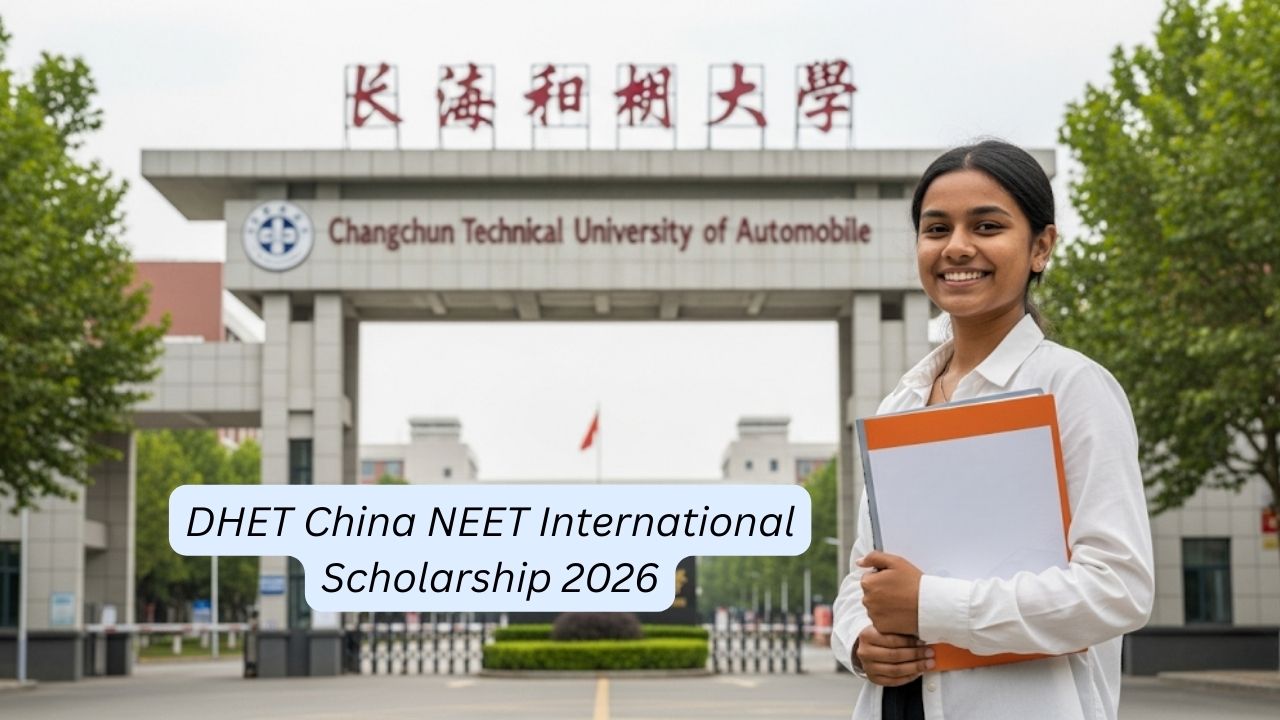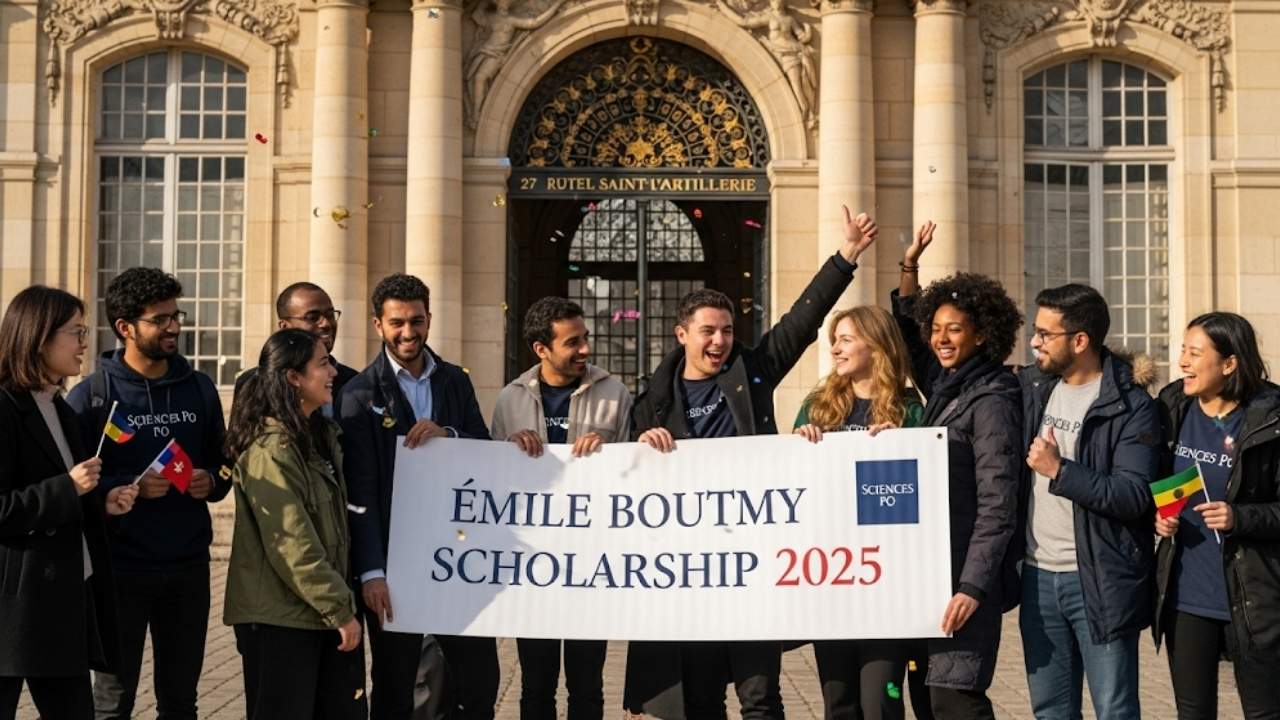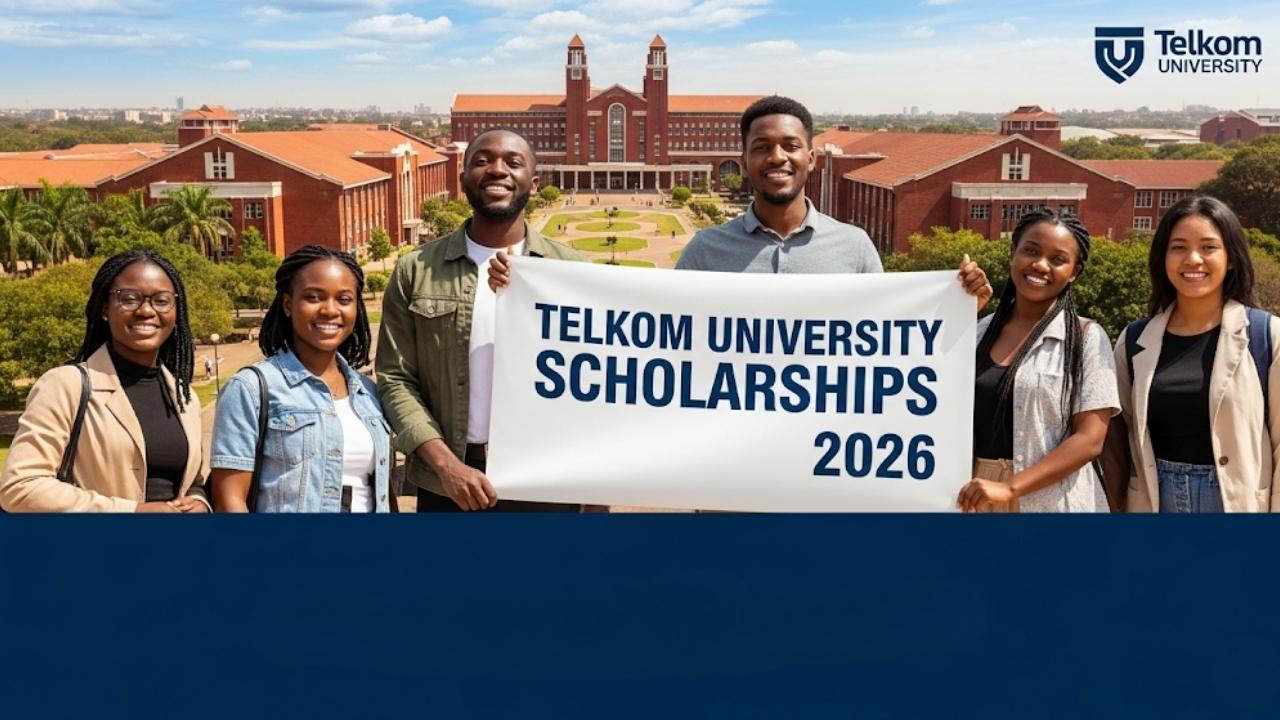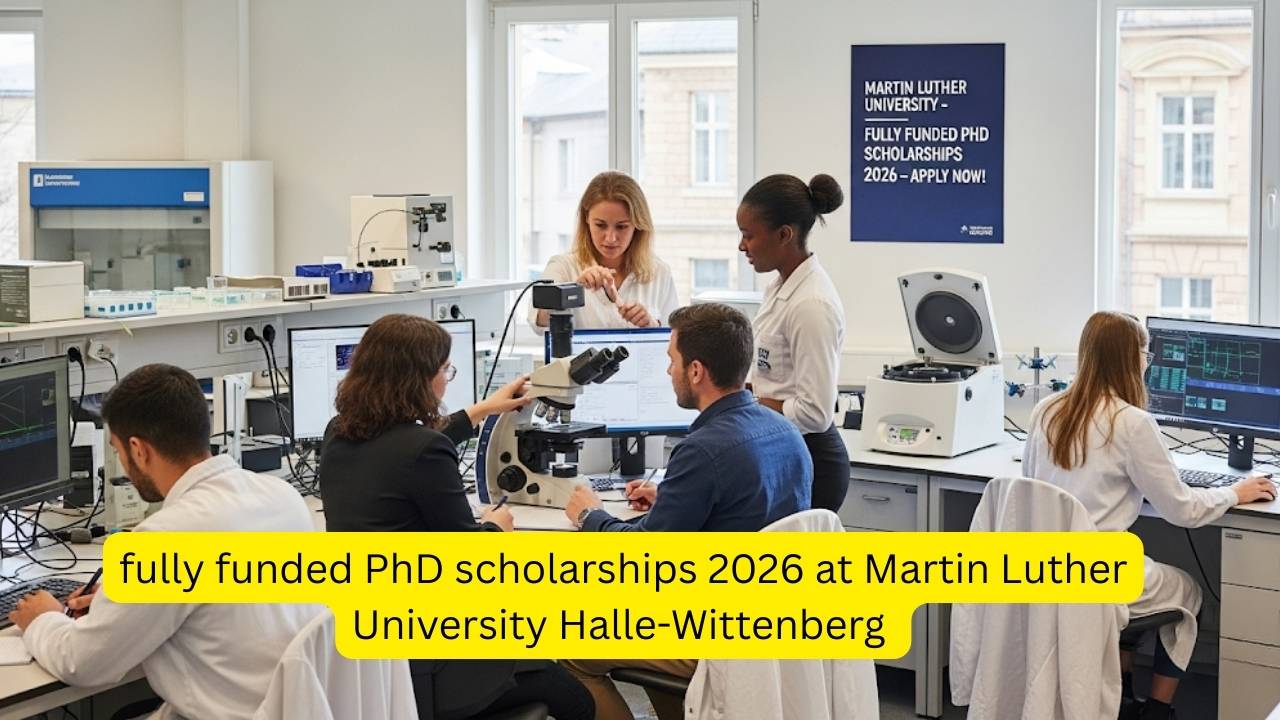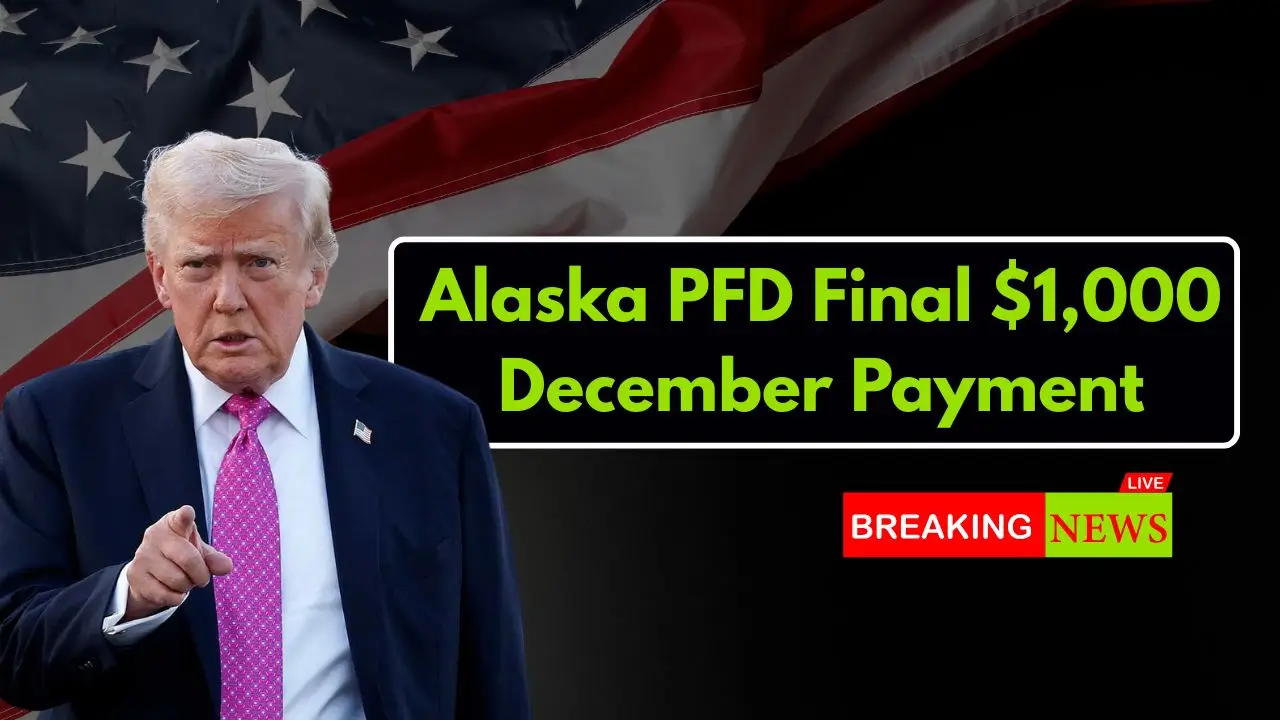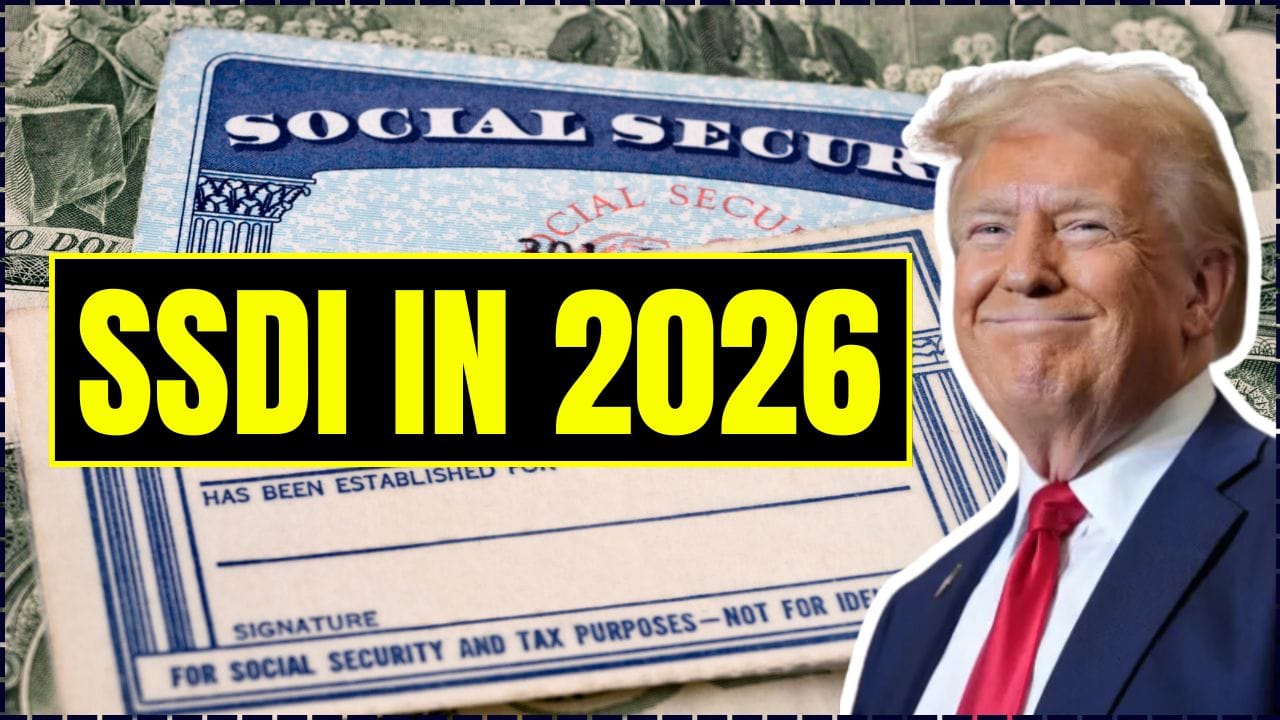Are you a scientist from a developing country with a passion for tackling global challenges? The TWAS-CAS Grants 2025 for Global Sustainability Science Collaboration present a remarkable opportunity to turn your research dreams into reality. This guide will walk you through the entire process, from understanding eligibility to crafting a winning application, so you can successfully partner with leading research centers in China and contribute to a more sustainable world.
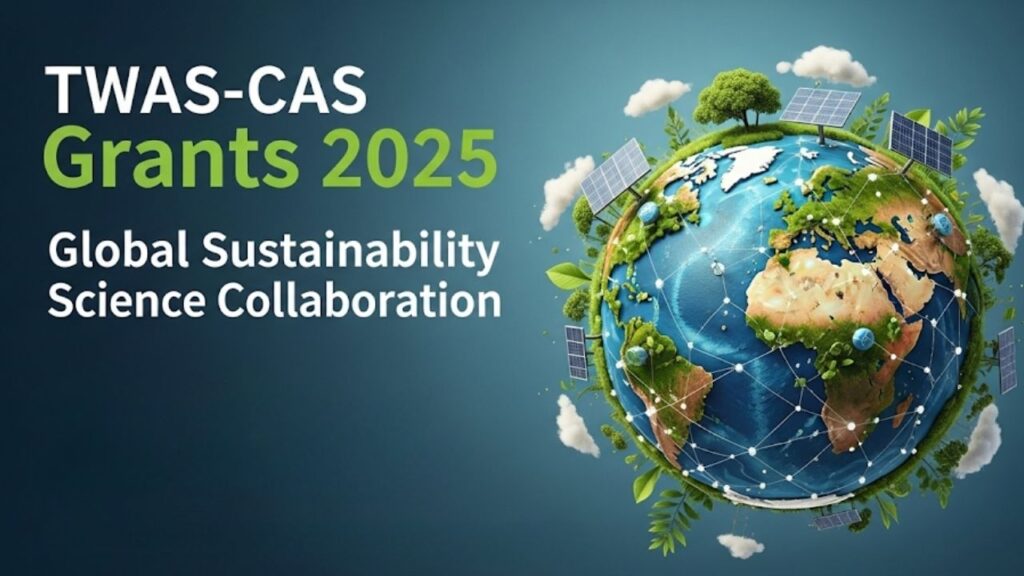
The TWAS-CAS Grants 2025 for Global Sustainability Science Collaboration offer a unique and powerful way for scientists to drive change. It’s an opportunity to collaborate with world-class institutions, secure significant funding, and make a real impact on some of the world’s most pressing problems. The path to a successful application begins with a deep understanding of the program, a proactive approach to finding a partner, and a well-crafted proposal that showcases your vision and commitment. Official Grant Page. Don’t let this opportunity pass you by.
What Are the TWAS-CAS Grants and Why Do They Matter?
The World Academy of Sciences (TWAS) and the Chinese Academy of Sciences (CAS) created this grant program to foster collaboration between researchers in developing countries and China. The core mission is to support projects that address the United Nations Sustainable Development Goals (SDGs). These are the ambitious blueprints for a better and more sustainable future for all of us, covering everything from clean energy and clean water to climate action and biodiversity.
In my experience advising students and young researchers, the biggest hurdle is often finding the funding and the right partners to scale their work. The World Academy of Sciences (TWAS) This grant is designed to solve that exact problem. It’s not just about money; it’s about creating a powerful network that can drive real, lasting change. The program provides up to RMB 600,000 (about USD 83,000) over two years, with RMB 300,000 allocated for each year, to fund collaborative research projects. CAS-TWAS Centres of Excellence This generous support allows you to focus on your science without the constant worry of financial constraints.
Eligibility: Who Can Apply for This Prestigious Grant?
Before you start writing, it’s crucial to make sure you meet the TWAS-CAS Grants 2025 for Global Sustainability Science Collaboration eligibility criteria. This isn’t just about having a great idea; it’s about fitting into the specific framework of the program.
To be considered, you must:
- Be a TWAS Member or a TWAS Young Affiliate.
- Be a leading scientist not based in China. The program is specifically designed to support international collaboration.
- Propose a project that will be carried out in direct partnership with one of the six CAS-TWAS Centres of Excellence in China.
There are no age limits for this particular grant, which is great news for seasoned researchers and those still building their careers. The program’s main focus is on the project’s alignment with the SDGs and the potential for a meaningful collaboration with a CAS-TWAS Centre of Excellence.
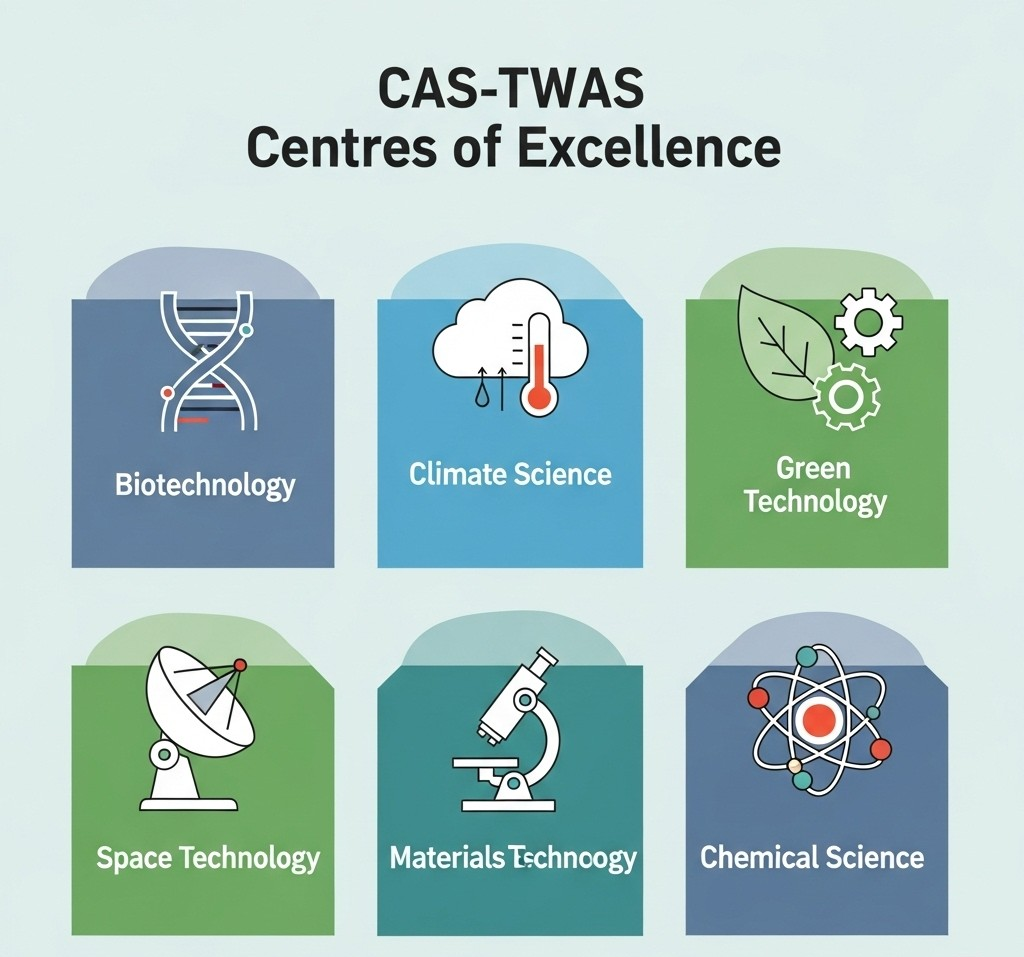
Finding Your Perfect Partner: Connecting with CAS-TWAS Centres
This is perhaps the most unique and important part of the application process. Unlike other grants where you propose a project and then seek a partner, here, the collaboration is the central focus. You need to identify a CAS-TWAS Centre of Excellence whose work aligns perfectly with your research interests.
The six centers cover a range of critical fields:
- Centre of Excellence for Green Technology (CEGT): Focused on CO2 transformation and efficient technology.
- Centre of Excellence for Biotechnology (CoEBio): Specializing in bio-utilization and renewable energy.
- Centre of Excellence for Climate and Environment Sciences (ICCES): Dedicated to predicting climate extremes and disaster preparedness.
- Centre of Excellence for Emerging Infectious Disease (CEEID): Concentrating on the prevention and control of infectious diseases.
- Centre of Excellence for Space Technology for Disaster Mitigation (SDIM): Using space technology for climate-driven flood modeling.
- Centre of Excellence for Water and Environment (CoEWE): Addressing water and environmental science challenges.
A Step-by-Step Application Roadmap
Navigating the application process can feel daunting, but breaking it down into smaller steps makes it much more manageable.
Step 1: Initial Contact and Proposal Submission
This is your first, and most important, step. You must send your CV and a preliminary research proposal directly to the contact person at your chosen CAS-TWAS Centre of Excellence. The deadline for this initial submission is typically around June 14, 2025. Don’t wait until the last minute! The earlier you reach out, the more time you and the center have to build a strong collaborative proposal.
Step 2: Collaborative Proposal Development
If your preliminary proposal is selected, you will work closely with the CAS-TWAS Centre to develop a formal application. This is where your expertise merges with the center’s resources and insights. You’ll need to define a clear work plan, a detailed budget, and a solid justification for why your collaboration will make a significant impact on global sustainability.
Step 3: Final Application Submission
Once the collaborative proposal is finalized, the complete application, including the official form and all supporting documents, should be submitted to TWAS and CAS. The final deadline for this is around September 1, 2025. This part of the process is often handled jointly with your partner center, but it’s essential to stay on top of all requirements and submission deadlines.
A Quick Look at the Timeline
| Key Milestone | Approximate Date |
| Initial CV & Proposal Submission to a CoE | June 14, 2025 |
| Final Application Submission to TWAS/CAS | September 1, 2025 |
| Announcement of Results | Varies, typically by the end of the year |
Crafting a Standout Proposal: My Expert Tips
Having reviewed countless applications, I’ve seen what makes a proposal truly shine. Here are a few things to keep in mind as you develop your project:
- Align with the SDGs: Be explicit about which UN Sustainable Development Goal(s) your project addresses. Don’t just mention it; explain exactly how your research will contribute to achieving a specific target. For example, if you’re working on water quality, link your project to SDG 6, “Clean Water and Sanitation.”
- Highlight the “Why” of Collaboration: This isn’t a solo project. The reviewers need to understand why partnering with a specific CAS-TWAS Centre is essential for your research. What unique resources, equipment, or expertise does the center offer that you can’t access otherwise? Demonstrate a genuine, synergistic partnership.
- Clarity is King: Your proposal should be clear, concise, and easy to understand. While the science might be complex, your writing shouldn’t be. Use straightforward language and a logical structure. A well-organized proposal shows that you have a clear plan and are ready to get to work.

This grant is more than just funding; it’s a doorway to a global network of scientists dedicated to creating a better future. I’ve seen many successful applicants focus on building a personal connection with their potential partner center, showing genuine enthusiasm for the joint project. This initial effort can make all the difference.
A Comprehensive Guide to British Academy/Leverhulme Small Research Grants 2025
Your Ultimate Guide to the Fully Funded Nuclear Science PhD Scholarship 2025 at Peking University
FAQs
Q1: Who is eligible to apply for the TWAS-CAS Grants?
A: The grant is open to scientists who are already a TWAS Member or a TWAS Young Affiliate. The main applicant must be from a developing country and cannot be based in China. The proposed project must be a collaboration with one of the six CAS-TWAS Centres of Excellence. There is no age limit for applicants.
Q2: What is the application deadline for the TWAS-CAS Grants 2025?
A: There are two key deadlines to remember. First, the initial deadline for sending your CV and research proposal to your chosen CAS-TWAS Centre of Excellence is June 14, 2025. If selected by the center, the final, joint application must then be submitted by September 1, 2025. It’s crucial to meet both of these dates.
Q3: What is the grant amount, and what can the funds be used for?
A: The total grant is up to RMB 600,000, to be distributed over two years at RMB 300,000 per year. The funds are primarily intended to support the collaborative research project. While the main goal is to support in-person collaboration through research visits and student exchanges, up to 30% of the total funds can be used to purchase essential equipment and consumables.
Q4: How do I find the right CAS-TWAS Centre of Excellence to partner with?
A: The best way to find a suitable partner is to explore the specific research focuses of the six CAS-TWAS Centres of Excellence on the official TWAS website. Each center has a designated contact person for this grant program. You should review their research areas, identify the one that aligns with your project, and then make direct contact with a well-prepared CV and a summary of your research proposal.

